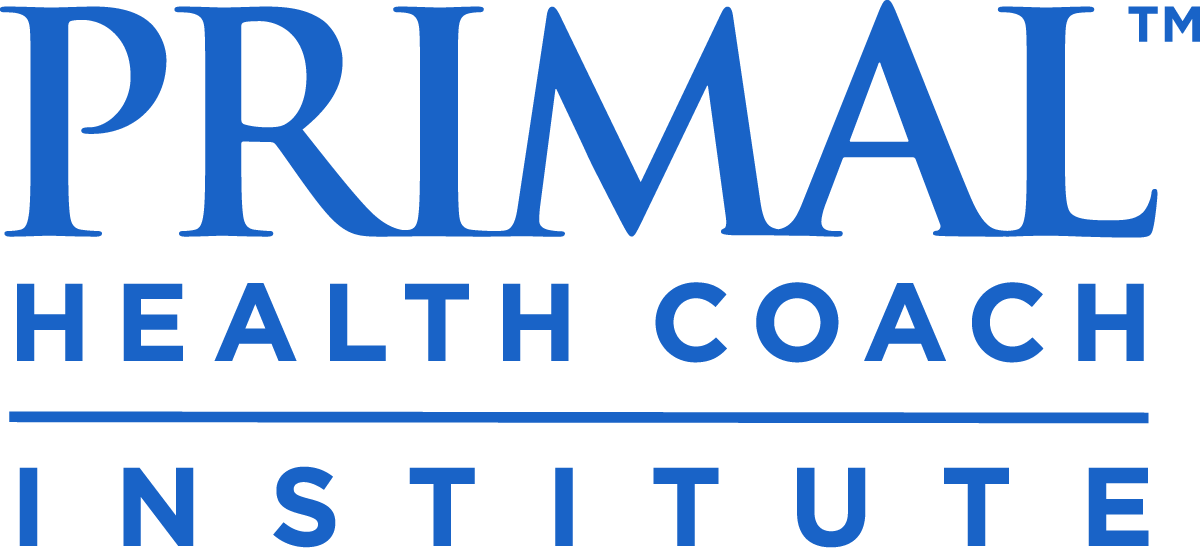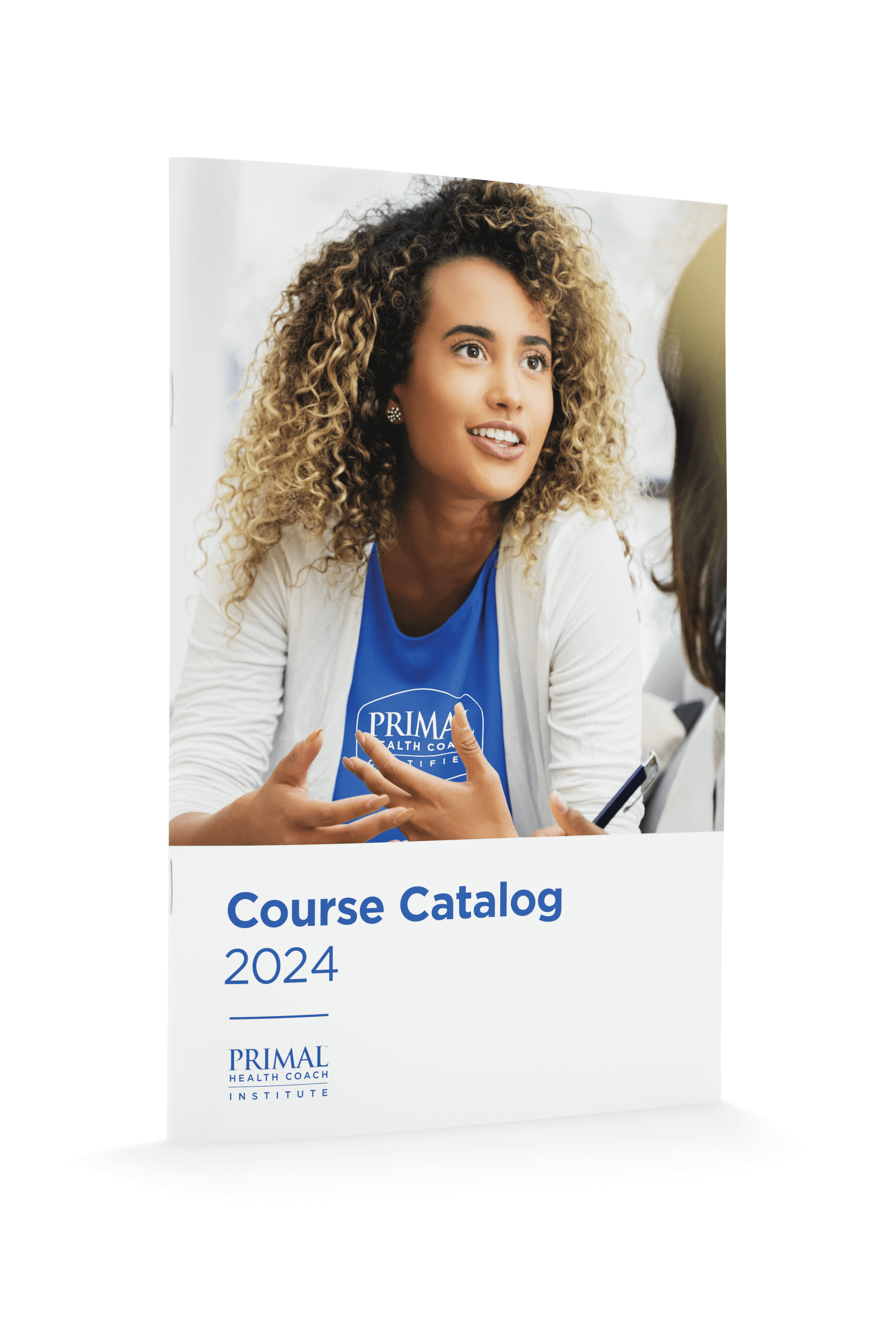
What Google wants from your health coaching website in order to rank it highly may seem like a total mystery at times, but never fear: Here are some straightforward, easy-to-follow tips to improve your search rankings and get Google—and potential new clients—to stand up and take notice of your health coaching website.
1. Make the most of internal links and backlinks.
This is how you create “link authority” on your site. Basically, anytime someone links to one of your pages, including yourself, it creates website authority, which Google uses to move you up in page rank. They’re essentially like votes or likes for your site.
Tip: Connect with your health coaching network for two-way backlink relationships that establish credibility. Well-established, trusted websites will rank you higher, so it doesn’t hurt to do some research on how far up your colleagues are ranking on Google, either.
2. Submit a sitemap to Google Search Console.
This tells Google what pages on your site are important and helps it to index your site.
3. Install an SEO plugin.
If you’re a WordPress user, consider installing Yoast SEO or All-in-One SEO Pack to do a ton of the work for you in optimizing your site for the attention of Google’s algorithms. These plugins can help you submit a sitemap to Google Search Console, improve your URLs, speed up your loading times, and much more.
4. Make sure none of the pages you want seen on your site have the “no index” tag.
This tag looks like this in your site’s source code:
<meta name=”robots” content=”noindex” />
Sometimes web developers will leave this in during the development process before the site is ready to go live and be seen by the world. Other times, maybe a setting in your website CMS (Content Management System, i.e. WordPress, Wix, Squarespace) or a plugin is adding this tag by default. Want to know whether the “noindex” tag is hiding out on one of your pages? Just hit “Ctrl + U” (Command + U on Mac) on any webpage to see its source code. Learn more about “noindex” and “nofollow” tags here.
5. Leverage Google’s “People Also Ask” feature.
The “People Also Ask” feature is moderately new and increasingly popular. Use “People Also Ask” to see what kind of questions people in your health coaching niche and/or location are asking, and answer those questions on your site on an FAQ page or blog post, making sure to repeat the best keywords you found in the original question in your Q&A.
6. Include your location in title or header tags.
This is one way to filter out the competition so that local clients can find you. Those searching for health coaches in their area are bound to include the city in which they live, and Google will only show you to these potential clients if it’s able to scan your website for this information in these key places.
7. Sign up with Google MyBusiness.
You can also register your site with Google MyBusiness, which verifies your geographical location with Google and gives you a stronger chance of appearing in Google Maps. And asking clients to review you on Google could help your search rankings, too.
8. Create high quality content.
There’s so much content and noise out there that, much like a human, your friendly neighborhood Googlebot sometimes has trouble making heads or tails of the huge amount of data it has to digest. When it comes to content and Google, the truth is that your web traffic comes from just a fraction of what’s available on your website. So what’s your area of expertise? What are the biggest problems facing your niche client? What testimonials can you feature on your site that talk about them overcoming these problems? What issues are the hottest topics on social media?
SEO expert Larry Kim states that “Content marketing is about output, not input!… Start optimizing for engagement and you’ll find huge content wins.”
9. Don’t be too “spammy.”
Over-using cliché sales phrases like “Buy Now,” “Limited Time Only,” or generally driving the sale too hard or in too many places could flag your site as having spammy content and will dock your page rankings. Also avoid stuffing your descriptions with too many keywords or linking out to low-quality websites—ignore or otherwise filter out content from unknown, suspicious, or poorly developed sites that may want to establish backlink relationships with you.
10. Use SERPRobot to check your Google SERP.
Google SERP, a.k.a. “Search Engine Results Pages,” are the pages that Google shows in response to search queries. This SERP checker allows you to input up to 10 keywords you think are the rockstars of your website and see how they rank according to Google. It’ll tell you the page position number and the URL of the page(s) where it’s found. You can even compare your search term to the Top Ten that Google has ranked for that term—check out the competition and see what it is they’re doing right.
11. Publish evergreen content.
Google values content that has staying power, i.e., content that survives fads and will always be relevant. Your 10-step workout for your niche client, moms-to-be, is always going to be relevant because people will always keep having babies, but content about a specific holiday or news event might not be. Not that you shouldn’t ever write anything timely, these can cause upticks at a given time period, but lasting, timeless content is something Google considers a valuable asset.
12. Phrase things according to what potential clients are looking for.
This is known as “search intent” and simply comes down to wording—maybe you find that people are searching for “best primal recipes,” and you’ve been tagging recipes on your site as “top primal meals.”
Tip: Social media phraseology and hashtags are a great place to learn what words your niche client is using—and is a particularly fun way to do research. Using these keywords in your page and post titles, headers, meta descriptions, copy, and URLs is the best way to leverage your potential clients’ word searches.
13. On URLs—keep them clean and to the point.
Keep them short, use punctuation to break up text, and use “-“ instead of “_.” Often your CMS is doing this for you, e.g. WordPress’s “Pretty Permalinks,” but it doesn’t hurt to check and make sure your URLs are following best practices.
14. Optimize your site speed.
Google’s Page Speed Insights tool will let you know how well or poorly you’re doing in this area. If your numbers show much need for improvement, don’t worry. Here’s some things you can do:
- Switch to a faster, more reliable hosting platform. It may cost a little more, but it’ll be worth it for the site speed, reliability, and support.
- Optimize your images! (and your CSS).
- Consider a WordPress plugin like WP Rocket or WP Fastest Cache, or other available site speed tool for your website’s CMS. These will cache your pages, optimize your images, CSS, and more.
Tip: Site speed is extra relevant on mobile. Google will penalize you for a mobile site that is too cluttered, with unoptimized images, pop-ups, etc., so don’t forget about the mobile version of your site! There are plugins which can create separate site layouts for mobile—any CMS worth its salt will have out-of-the-box options for this (sometimes built into a theme), or you can work with a web developer to customize the mobile version of your site so that it’s clean and functional.
15. Take Google’s advice.
Their YouTube channel is full of SEO tips to get you on the right track, and though it may be hard to sort through their documentation and seemingly ever-changing carousel of requirements for page rankings, it’s not as hard as it seems, and Google is actually pretty good about keeping the public abreast of changes, though sorting through the jargon may not always be easy. But at the end of the day, our advice for making Google happy is similar to how we promote ourselves as health coaches—be earnest and honest, be specific to your niche, and pay attention to what your client wants!



